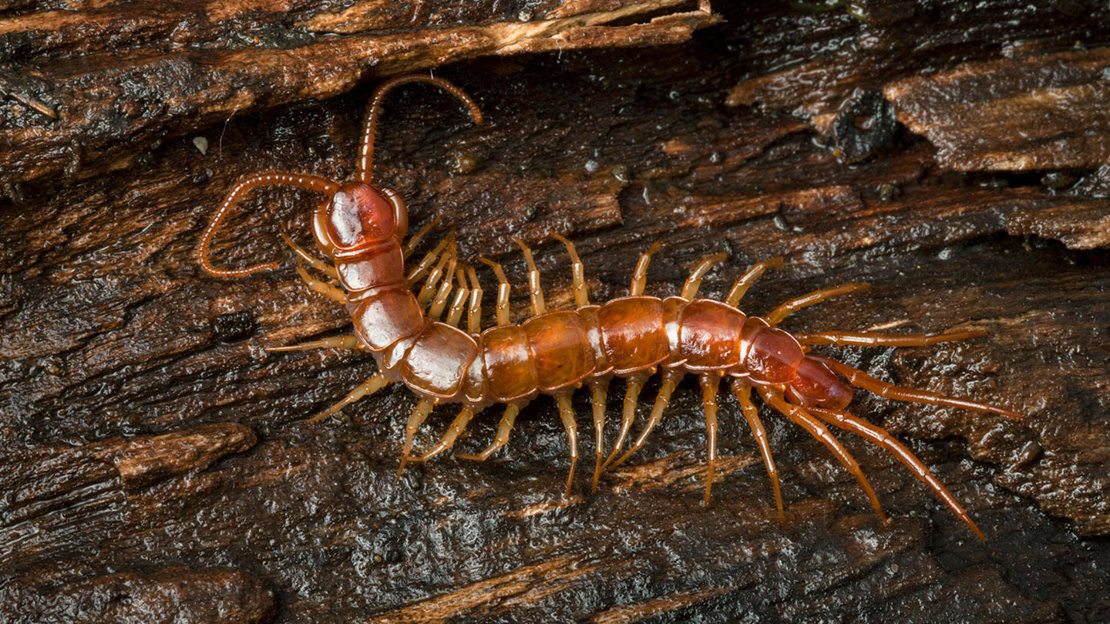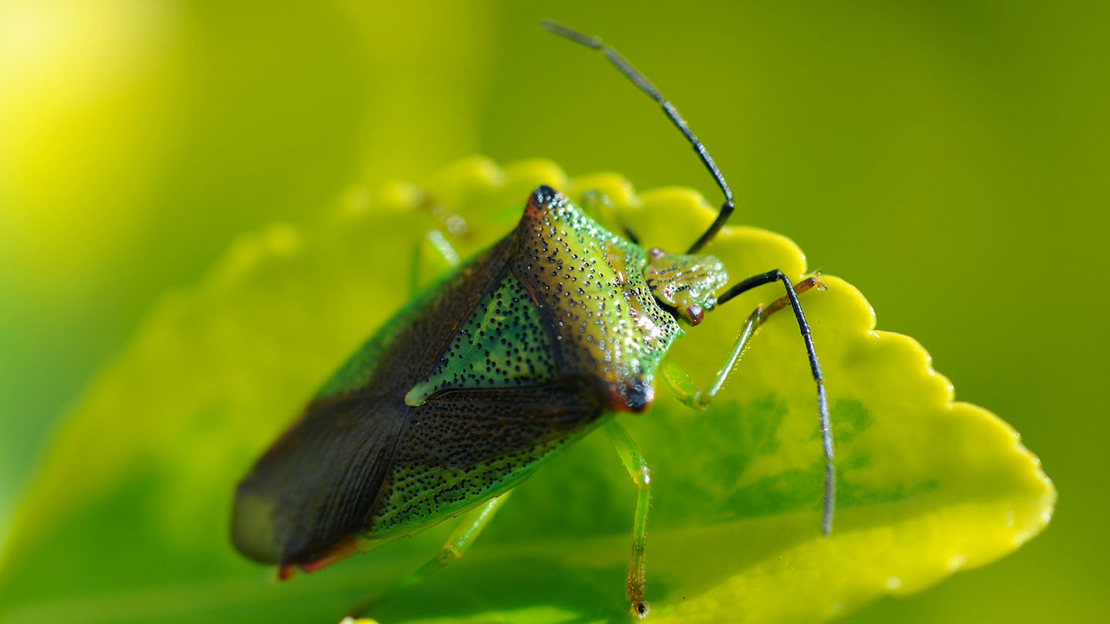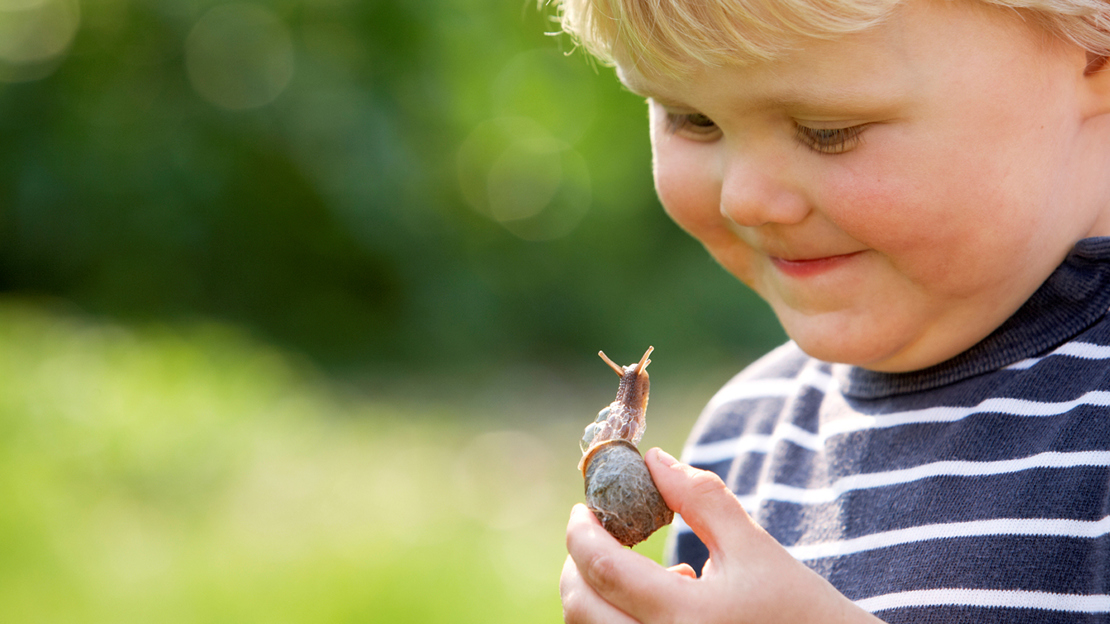The word bug is often used when talking about minibeasts, but there is a group of creepy crawlies that scientists call ‘true bugs’. They are different to other minibeasts because they use special sucking mouthparts to eat, sucking up fluid such as plant sap. True bugs include shield bugs, aphids and bed bugs.
What is a minibeast? And other bug facts

Content manager
Minibeasts, creepy crawlies, bugs… whatever you like to call them there’s no doubt they’re fascinating little creatures. We’ve put together some answers to your top minibeast questions.
What is a minibeast?
Minibeasts are invertebrates – they are creatures without backbones. So that includes insects, spiders, beetles, snails, worms, centipedes… the list goes on. In fact, there are about 25,000 different types of invertebrate living in the UK, and around 20,000 of these are types of insect.
Because invertebrates don’t have a skeleton inside their body, some live in shells (like snails, for example), and others, such as beetles, have a hard covering called an ‘exoskeleton’.
Where do minibeasts live?
Different minibeasts like to live in different places – under logs and stones, in leaf piles, in ponds, in trees, bushes and grass, or in the soil. You’re probably even sharing your house with some minibeasts, such as spiders.

What do minibeasts eat?
They eat all sorts of things. Lots of minibeasts eat plants and many flying insects feed on nectar from flowers. Others, such as spiders, like to eat other minibeasts.
Some minibeasts eat much stranger things – for example, some beetles and ants munch on wood, worms eat dead stuff in the soil, and dung beetles feast on animal poo. That might seem disgusting but these creatures do a great job of recycling and improving the quality of the soil so trees and plants can grow.
Some minibeasts, such as ticks and mosquitoes, even like to snack on your blood.
What eats minibeasts?
Lots of other creatures feed on minibeasts. These include bats, badgers, hedgehogs, foxes, frogs and toads, and many birds.

What's the UK's biggest minibeast?
It’s hard to say as invertebrates vary so much in size and shape, but these would be strong contenders:
- The stag beetle can be up to 8.5cm long – that’s giant for a beetle.
- The largest earthworm ever discovered in the UK was 40cm long – more like the size of a small snake. He was named ‘Dave’ and is now preserved in the Natural History Museum.
Can minibeasts swim?
If they fall into water, most dry land insects will flap around until they get out, but you probably wouldn’t call it swimming. Worms can’t swim but can survive under water for several weeks as they can absorb oxygen through their skin.
There are a lot of minibeasts that live in ponds or rivers but not all of them are good swimmers either – some just hang onto stones or plants, or just crawl around on the bottom. Others, such as the greater water boatman, are excellent swimmers and like to do the backstroke. As they’re very light, some insects – like pond skaters – can even run across the surface of water.
Discover more mind-boggling facts
If your kids love learning about wildlife - from the tiniest creepy crawlies to the mightiest oaks - take a look at our family membership.
When you join, your kids will receive seasonal activity packs full of wildlife fact files, nature spotting and crafts. We'll also send you a handy tree ID guide, a directory of 1,000 woods to explore and regular copies of Broadleaf, our member magazine.
It's a wonderful way to learn more about nature together and every membership helps us safeguard the UK’s trees and woods for future generations.

Inspire young nature lovers
Get wildlife activities for kids when you join the Woodland Trust and help us protect nature for future generations.
Find out about family membership
